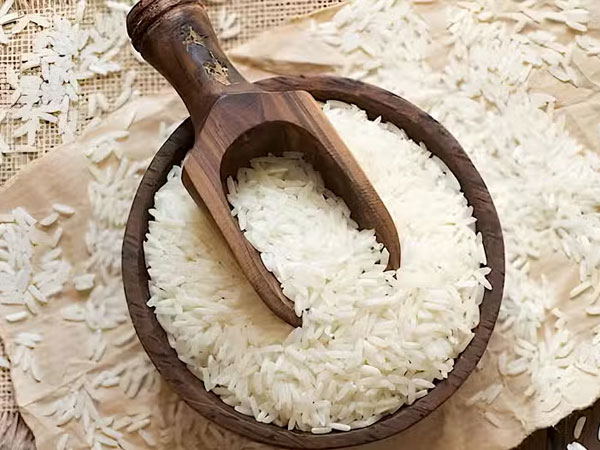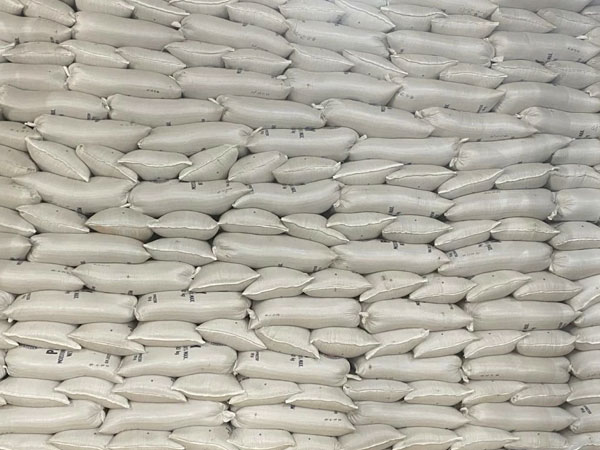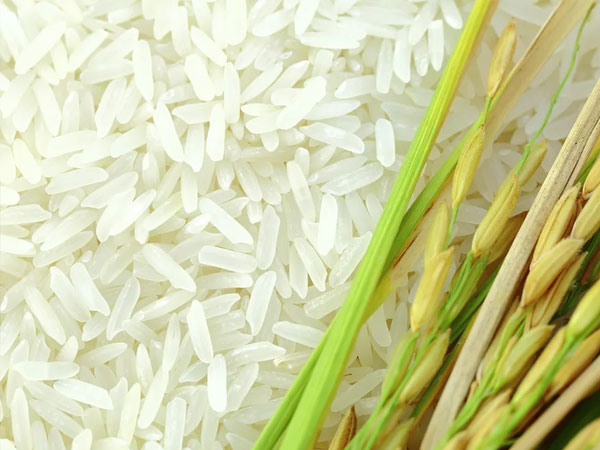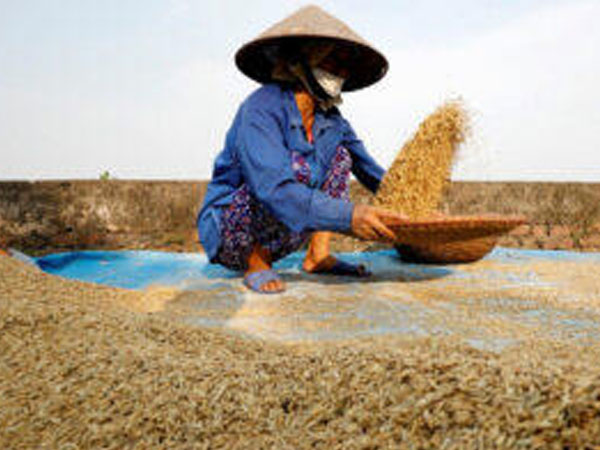The loss of prime lands, low productivity and the surge in consumption are exacerbating the country’s widening rice deficit, according to a study.
The paper titled “Philippines is a Rice Deficit Country: The Challenges, Policy Innovations, and Strategic Interventions,” discussed the “interwoven factors” responsible for the growing supply deficit of the country’s staple grain.
The study was authored by former UP Los Baños Professor Teodoro Mendoza, former Labor Undersecretary Rene Ofreneo, Federation of Free Farmers (FFF) Chairman Leonardo Montemayor, and Integrated Rural Development Foundation (IRDF) Executive Director Arze Glipo.
It noted that the Philippines is losing its prime rice lands at “an alarming rate.” The authors said around 520,000 hectares (ha) of prime, irrigated rice lands, which can yield 5.2 million metric tons (MMT) of palay annually, have been sacrificed to urban and commercial development.
They added that the unchecked land reclassification, facilitated by Section 20 of the Local Government Code of 1991 and the 37-year dormancy of the National Land Use Act, is now “unequivocally identified as the primary threat to our food security, eclipsing even the impacts of climate change.”
Furthermore, the authors noted that the country’s average rice yield of 4.2 metric tons (MT) per ha lags behind that of leading regional producers like Vietnam’s 6.16 MT per ha and China’s 7.2 MT per ha.
“This shortfall stems from systemic issues: inadequate government support, restricted access to high-quality hybrid seeds, insufficient fertilizer application, and a severe lack of mechanization and modern irrigation infrastructure.”
Under the Rice Tariffication Law’s (RTL) Rice Competitiveness Enhancement Fund (RCEF), a portion of duties levied on rice has been earmarked for the distribution of inbred seeds.
Moreover, the authors also said the country’s demand for the staple grain “continue its relentless ascent,” with the per capita rice consumption skyrocketing to 119 kilos in the 2020s from 90 kilos in the 1990s.
“This surge is fueled by evolving food preferences, rapid urbanization limiting access to alternative staples, rice’s relative affordability, and an overestimation of national rice requirements based on outdated Supply and Utilization Accounts [SUA] parameters.”
Meanwhile, the authors pointed out the “unseen risks” of Golden Rice to production despite its aim to address the country’s Vitamin A deficiency problems.
“Research suggests that beta-carotene biosynthesis in Golden Rice diverts vital glucose from starch production, potentially reducing overall grain productivity [10-15 grams of glucose needed for 1 gram of beta-carotene].”
Citing studies, they noted its “negative agronomic effects” like lower chlorophyll content, stunted growth, increased susceptibility to pests, and the critical risk of genetic contamination of traditional and heirloom rice varieties.
“These factors directly conflict with the Philippines’ core food security objective of achieving high-yield, resilient rice production.”
Interventions
The authors said addressing these challenges confronting the country’s rice sector requires strategic interventions and policy reforms.
They called for a palay floor price of P25 per kilo, which they said is a “nonnegotiable” since this would ensure farmers’ profitability amid the claims of a slump in the farmgate prices of unmilled rice.
“A guaranteed, profitable price will be the game-changer, providing our farmers with a net income of at least P50,000 per hectare per crop,” they said.
“This will be the powerful incentive needed to halt land sales, inspire continuous rice cultivation, and drive our national yield from the current 4 MT per ha to 5 MT per ha and beyond, making us self-sufficient in rice.”
Agriculture officials had said they are considering the implementation of a floor price for palay and that they are now looking for legal remedies that will enable them to implement the scheme.
Meanwhile, the authors also asked the National Food Authority to increase its buying capacity to at least 2.4 MMT during wet season harvest and purchase crops at P25 per kilo.
They also called for the passage of the Rice Industry Sustainable Development Act which would enhance local production while promoting sustainable, climate-resilient farm practices and the enforcement of the National Land Use Act.
“This dormant bill must be legislated immediately and strictly enforced to prevent further unregulated conversion of prime agricultural lands.”
The Philippines has been importing rice mainly from Southeast Asian countries like Vietnam and Thailand to plug its supply shortfall. Last year, its purchases reached a record 4.8 MMT, making the Philippines the world’s top rice importer in 2024.














© Copyright 2025 The SSResource Media.
All rights reserved.